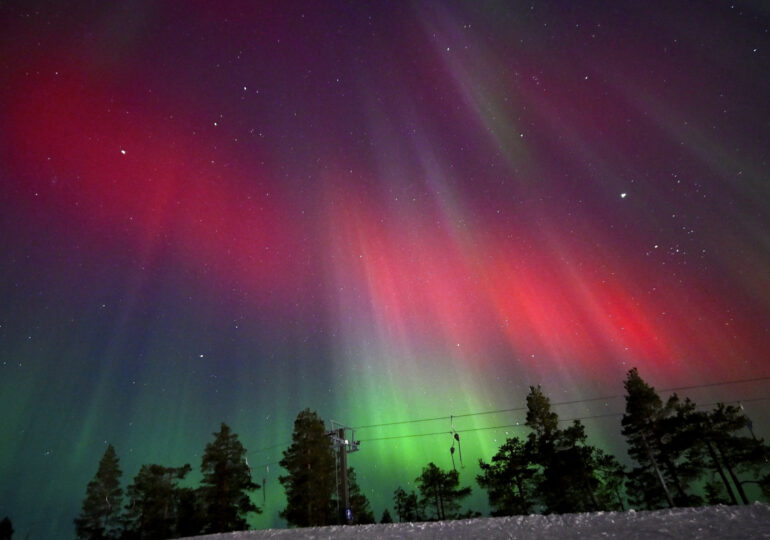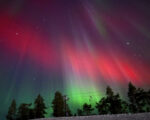Climate Change Fuels Pathogen Risks for Alaska’s Polar Bears

Rising Pathogen Threats to Alaska’s Polar Bears Amid Climate Change
Alaska’s polar bears are facing a surge in pathogen exposure, driven by the warming Arctic environment, according to a study published in PLOS ONE on October 23. Pathogens previously unable to thrive in the harsh Arctic climate are now persisting due to rising temperatures. This shift has led to an increase in the vulnerability of polar bears to viruses, bacteria, and parasites, compounding the challenges for populations already struggling with habitat loss and food scarcity.
Pathogen Trends Over Time
The study analyzed blood samples from 232 polar bears in the Chukchi Sea collected between 2008 and 2017 and compared them to samples from 115 bears surveyed from 1987 to 1994. Researchers found significant increases in antibodies linked to pathogens such as Neospora caninum, which can affect neurological health, as well as bacteria causing brucellosis and tularemia. Notably, exposure to the parasite Toxoplasma gondii, often associated with felines, rose from 2% to 14%. Antibodies for canine distemper virus, which can cause severe illness in mammals, were also detected more frequently.
Impacts of Environmental Changes
Dr. Karyn Rode, a wildlife biologist with the U.S. Geological Survey and co-author of the study, explained how rising temperatures have enabled pathogens to survive in previously inhospitable Arctic regions. This environmental shift is particularly pronounced in the Chukchi Sea, where declining sea ice forces polar bears to spend more time on land. As a result, they are increasingly exposed to human activities, waste, and other animals, amplifying their contact with pathogens.
Broader Implications for Arctic Wildlife
The findings underscore the interconnected effects of climate change on Arctic ecosystems. Polar bears, as apex predators, are particularly vulnerable to cascading environmental shifts that disrupt their food web and increase disease risks. The study calls for more robust monitoring of Arctic wildlife health and greater efforts to mitigate human impacts in these fragile ecosystems. As the Arctic continues to warm, the survival of polar bears may hinge on comprehensive conservation strategies addressing both habitat loss and emerging health threats.





















